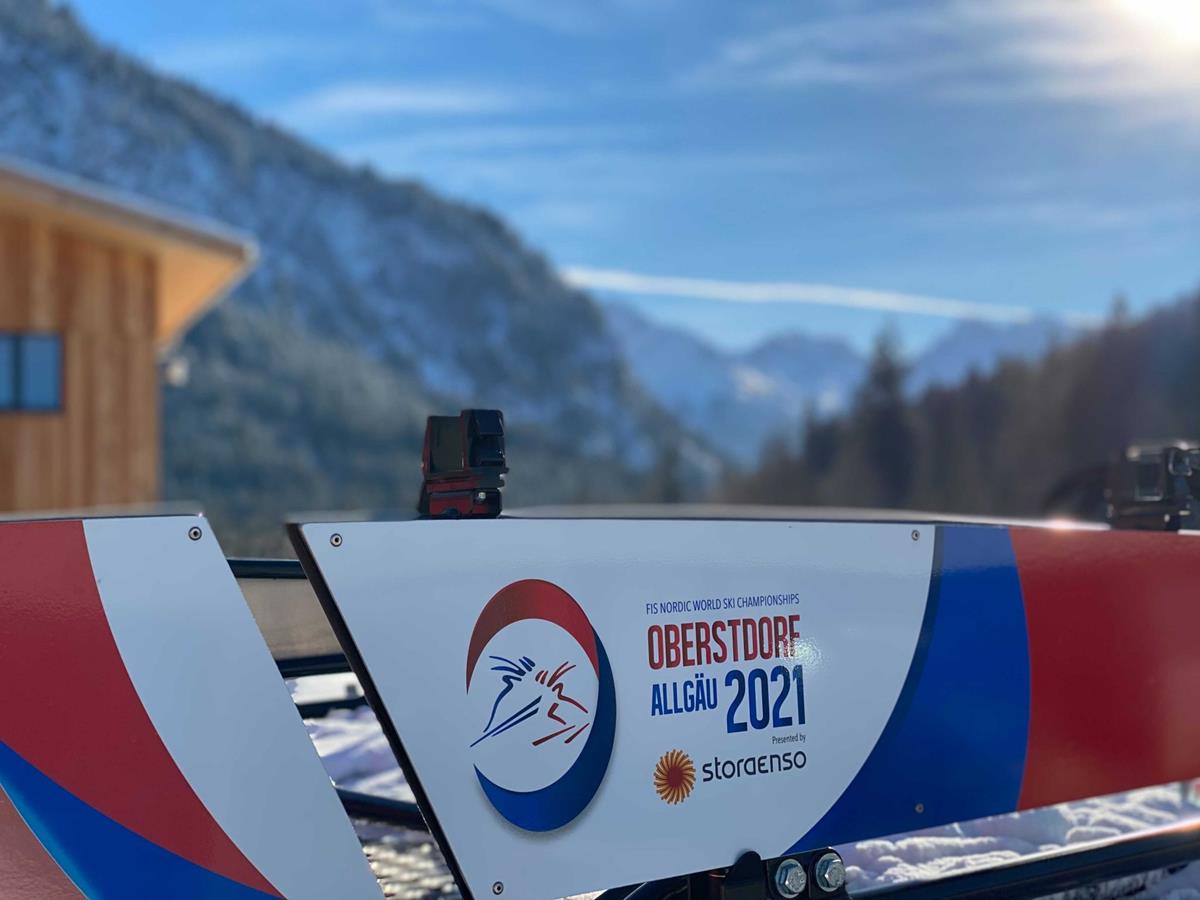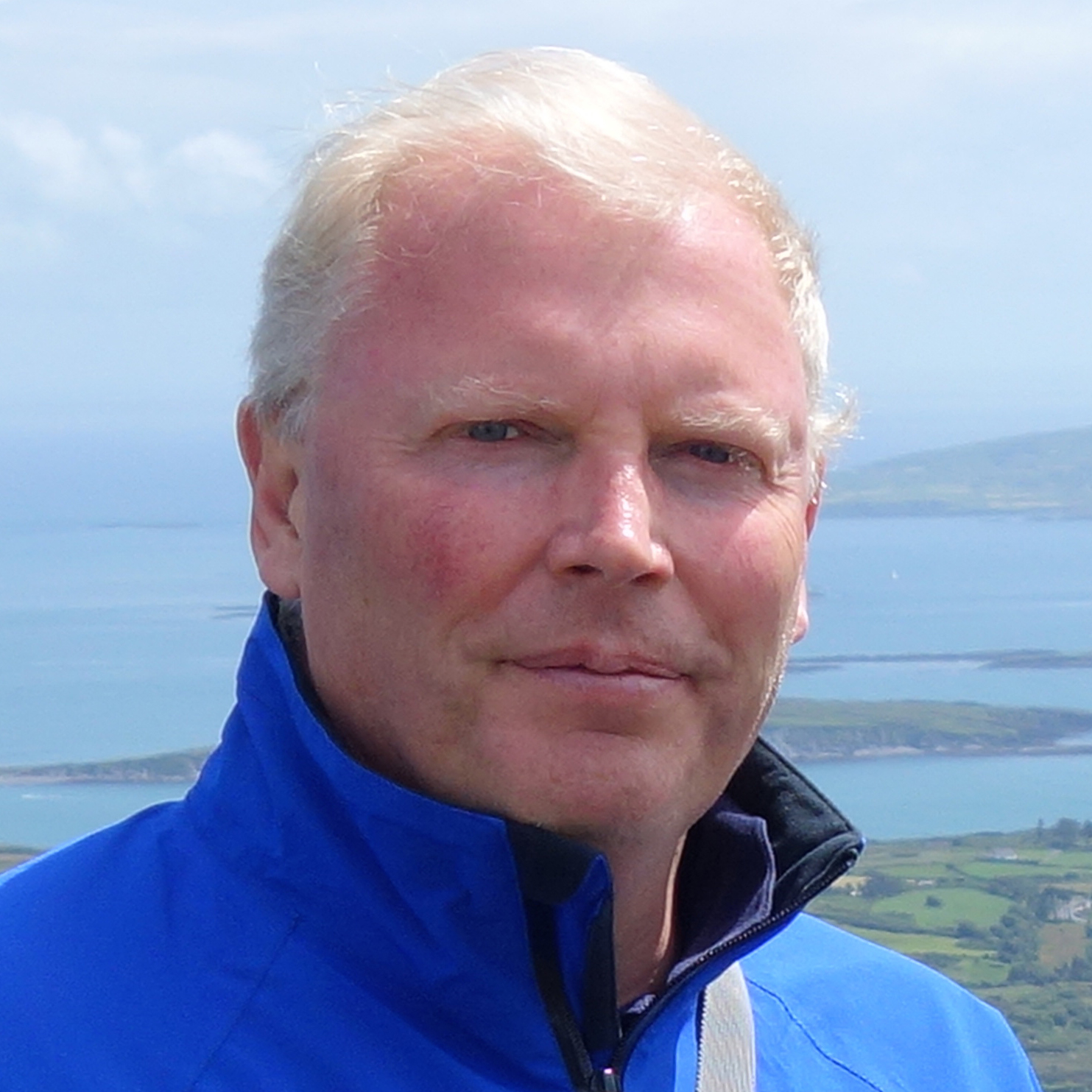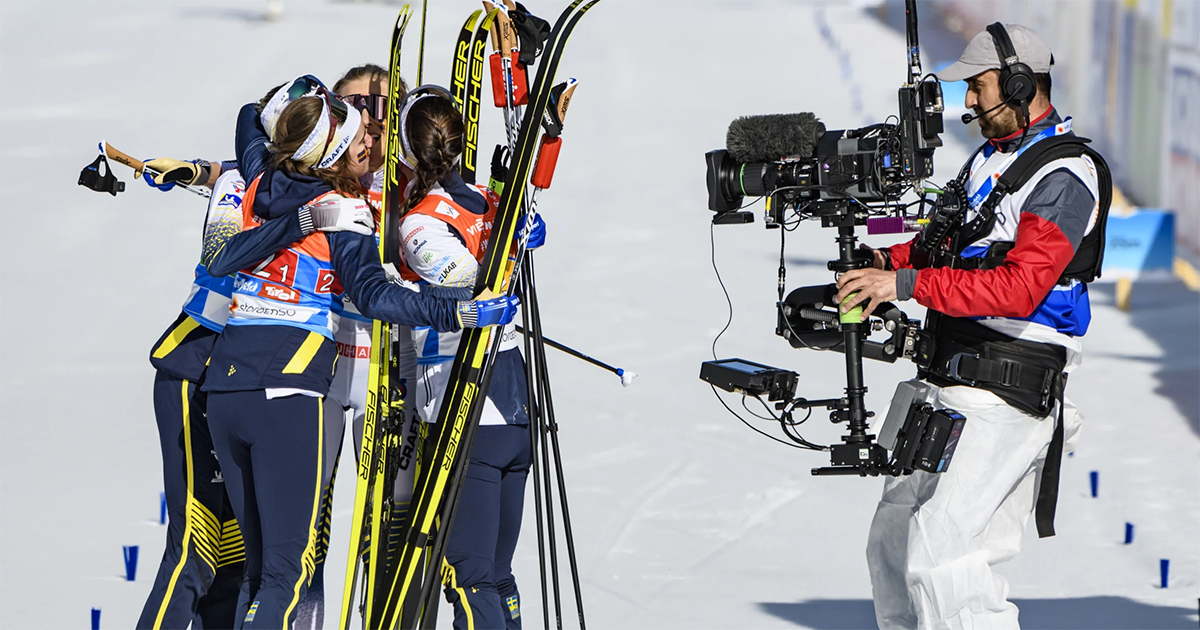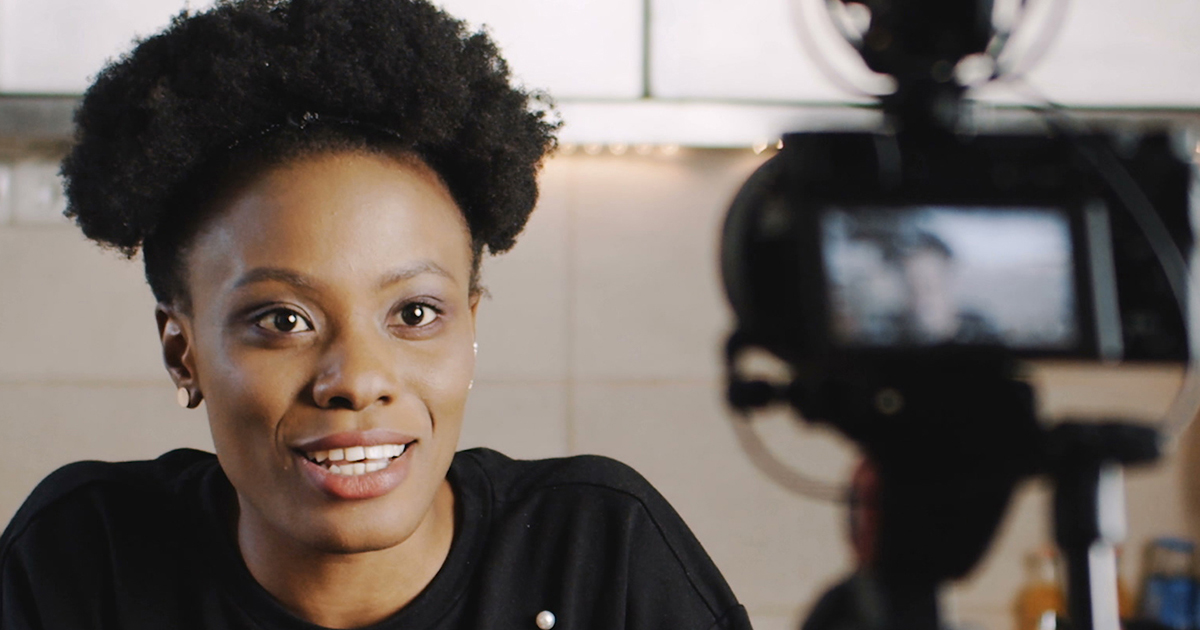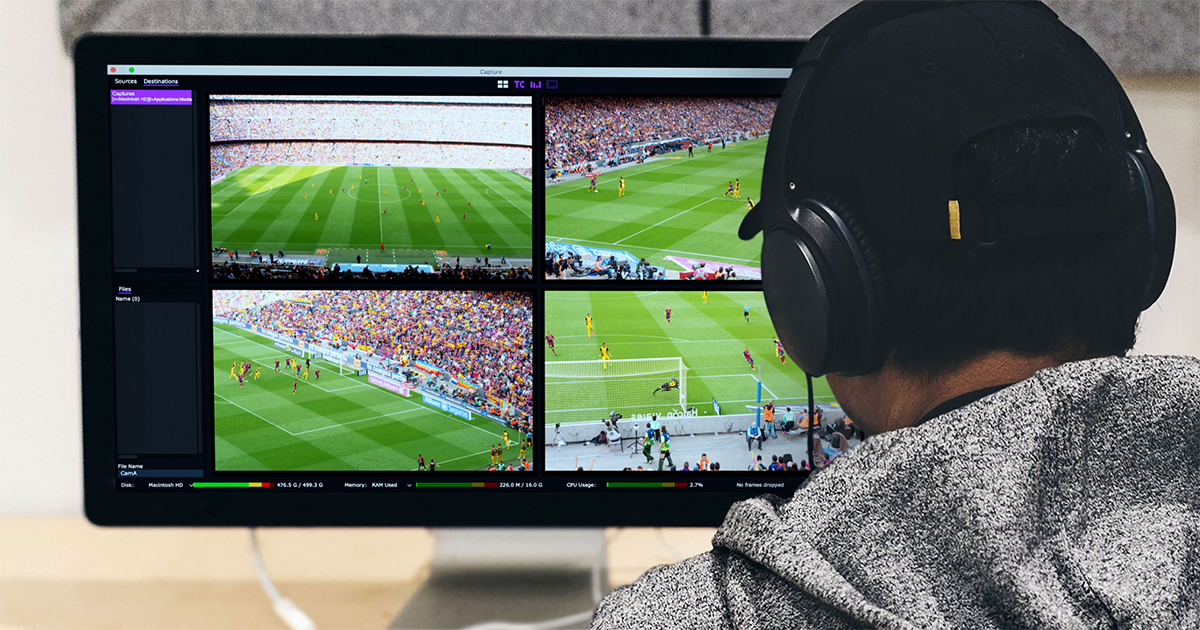The 42nd Fédération Internationale de Ski (FIS) Nordic World Ski Championships runs February 23 to March 7 in Oberstdorf, Germany, featuring ski jumping, cross-county skiing and the Nordic combined discipline. It is the third time Germany’s most southern community has hosted this event.
Infront Productions is responsible for the host broadcast of the Championships, overseeing the production of content for broadcast and social media, whether live coverage or additional non-live programming. The FIS Championships are covered in more than 180 countries after Infront secured agreements with 34 broadcasters — 15 of which have an on-site presence in Oberstdorf.
Infront is using a network-based set-up coupled with a new remote production concept to deliver coverage. The first-time set-up, implemented in collaboration with international facilities provider Euro Media Group (EMG), allows for a streamlined event organisation, with the ski jumping production team operating from the Ried cross-country skiing arena.
“At the time we started the RFP process COVID was non-existent, so we were quite open on technical solutions offered.”
— Peer Seitz
The ski jumping arena, some three kilometees away, only hosts camera operators covering the competition on-site. This set-up differs from previous events where the complete production team and an entire technical set-up would be located at each venue.
The key technology enabler is diPloy, EMG’s modular standardised IP platform that, on launch in September 2020, was described by EMG as “due to be shown to the world in all its glory at a massive sporting event in Japan that did not happen”.
The core of the technology is a fully converged diPloy network. It was important for EMG to design one network into which everything connects, that carries all required parts of the broadcast environment: critical data such as SMPTE 2110 streams, SMPTE 2022, PTP for synchronisation and even DANTE streams, at the same time combining with control data necessary for the broadcast controller.
diPloy is built on Arista and Netgear switches and is fully redundant. Network control is provided by SDNsquare and EVS Cerebrum, and also central to the design is the Selenio Network Processor from Imagine Communications.
Secret is Not to Make People See or Feel There is a COVID Threat
At SVG Europe’s recent virtual Winter Sports Summit, Infront Head of Production Peer Seitz and Euro Media Group Chief Technology Officer Bevan Gibson discussed how they are covering the Nordic Championships 2021 using a fully IP-based remote production set-up.
“The distance between the ski jumping arena and the cross-country venue is three kilometers. This is a challenge,” said Seitz. “It is outdoor winter sports, and there is always difficulty due to the topography and also one little thing called snow! It definitely adds a level of complication.
“The previous event is always the precedent,” said Seitz. “That becomes the benchmark, and we always try to over-deliver what has been done before to beat that benchmark. This is the general brief to which we try to adhere.
“It’s quite unfortunate that you cannot do anything without COVID. It’s just something you can’t leave out of your plans or forget about, especially if we all agree that the safety of everyone involved — not just athletes but also LOC, FIS, Infront and all our suppliers — is the most important thing.
“I think for me and for Infront the most difficult question of these times is, how can we achieve a production quality we want to give to our rights holders and how can we manage not to have COVID impact the quality we deliver?
“This is the actual challenge. Other things in terms of COVID, in terms of testing regime and social distancing, need to be overcome but let’s say the secret is to not make people see or feel that there is a COVID impact.
“At the time we started the RFP [Request For Proposals] process COVID was non-existent,” said Seitz. “So we were quite open on the technical solutions to be offered to us — which were mainly traditional OB van set-ups. Even when we made our decisions [in February 2020] COVID was not part of the picture — and when we had the test event at the beginning of last year we did that as well with a traditional OB set-up.

“But then during the course of 2020, EMG approached us and asked what we would think of using the diPloy system — which we are using now. We discussed it together, and while discussing we knew that even with a traditional OB set-up we would have to outsource people from the OB van into cabins. So the cabins were already planned for, and then it became quite logical to use the diPloy system because it was made for such a deployment.
“It was planned for use on other sports events last year, which did not take place. So now we are in the very nice situation that we can use it first time. When we decided to use it, we felt that if we are using a fully IP-based workflow with that kind of modular system then let’s take the next logical step, which is to make the ski jump a remotely produced event.
“We had to set up two sets of galleries. We split the cross country and ski jump entirely, so we have two EVS galleries, two main galleries, two audio galleries etc. This is for one reason and it’s because of the schedule of the events, which are close together — so it would have been quite a limited switchover time from one event to another.
“Scale-wise they are quite different: ski jump has 34 cameras and cross-country has over 70 cameras. The benefit and beauty of it is the COVID compliance: every operator is working only with their own remote, so we don’t have to switch places and use a work area with two operators. We have the safety of that limited amount of cross-contamination risk between the two production teams,” said Seitz.
“At the ski jump we only have two double containers apart from a container for equipment: one is the technical container for the remote production and we have as well a small production gallery over there which is mainly used for the set-up for the event and set-up for our cameras. During the event this gallery is not active,” he said.
IP Connectivity Makes Modular Approach far Simpler Than SDI
“diPloy was suitable for this project for a number of reasons,” Bevan Gibson told SVG Europe’s Winter Sports Summit. “Clearly the ability to have socially distanced occupation of galleries was a prime concern. Once we got into the middle of last year and knew this event was going ahead, we needed to make sure we had those socially distanced galleries in place.
“Looking across the cross-country and the ski jump, it’s a distributed production plan, and the diPloy system is perfectly designed for exactly that. Whether it’s distributed locally across a couple of kilometres, or distributed to 5,000 kilometres away, the diPloy system is designed to handle both operations — and as a result is perfectly suited for what we’re doing in Oberstdorf.
“diPloy is a large IP distributed-production flypack, for want of a better phrase. It’s very modular. Hopefully it means when we send infrastructure around the world to events like this we only send what’s required. So instead of sending a truck that maybe does 30 cameras when we’re only using six, we only send the modules required to handle the event before us — so it is efficient and sustainable.
“The idea with the modular nature is that it’s fast to install, fast to prepare, very flexible in what it can do — and because the connectivity between modules is IP it’s far simpler than legacy infrastructure based on SDI,” said Gibson.
“We love to work with this system for the first time: a fully IP-based workflow and a remote production with all the benefits.”
— Peer Seitz
“From EMG’s perspective diPloy is the platform we would like to use for almost everything going forward. It’s perfectly suited to the big international sporting events. We’re lucky enough to be starting with it here in Oberstdorf.
“I think it’s suited for big events right down to the bread and butter events like football that happen 40 times a year and are highly repetitive in local markets. We think this allows high utilisation of infrastructure, wherever it is, and with the right kinds of high bandwidth connectivity we should be able to get the better utilisation of infrastructure than we have had before, allowing our customers achieve their goals — whether that is for HD or a UHD HDR production,” he said.
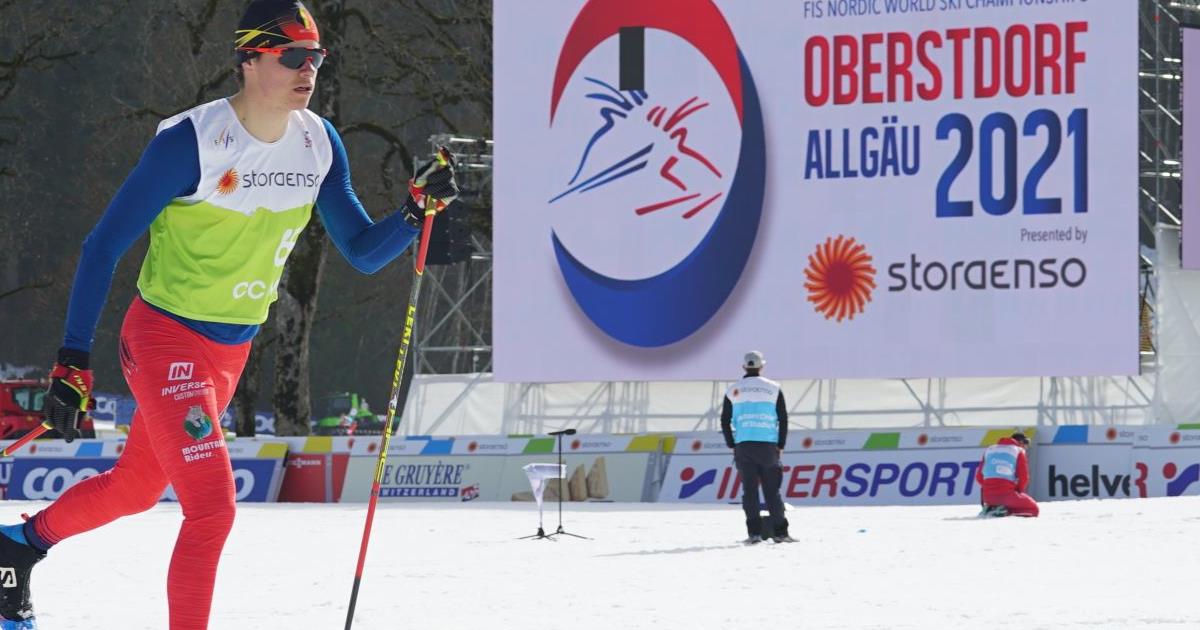
“I’m not the only one in the industry who thinks it’s nice to have a first!” concluded Seitz. “We love to be able to work with this system for the first time — to have a fully IP-based workflow and also a remote production with all the benefits and not really any down sides. It’s a complete success for me.”
Stora Enso is the Presenting Sponsor of the Fédération Internationale de Ski (FIS) Nordic World Ski Championships in Oberstdorf. The 2021 edition marks the fourth time in a row that the Finnish renewable materials company has supported the event. Stor Enso is joined by Intersport, Viessman, Liqui Moly, Manner, Coop, Würth and Helvetia as the Main Sponsors for the Championship.
